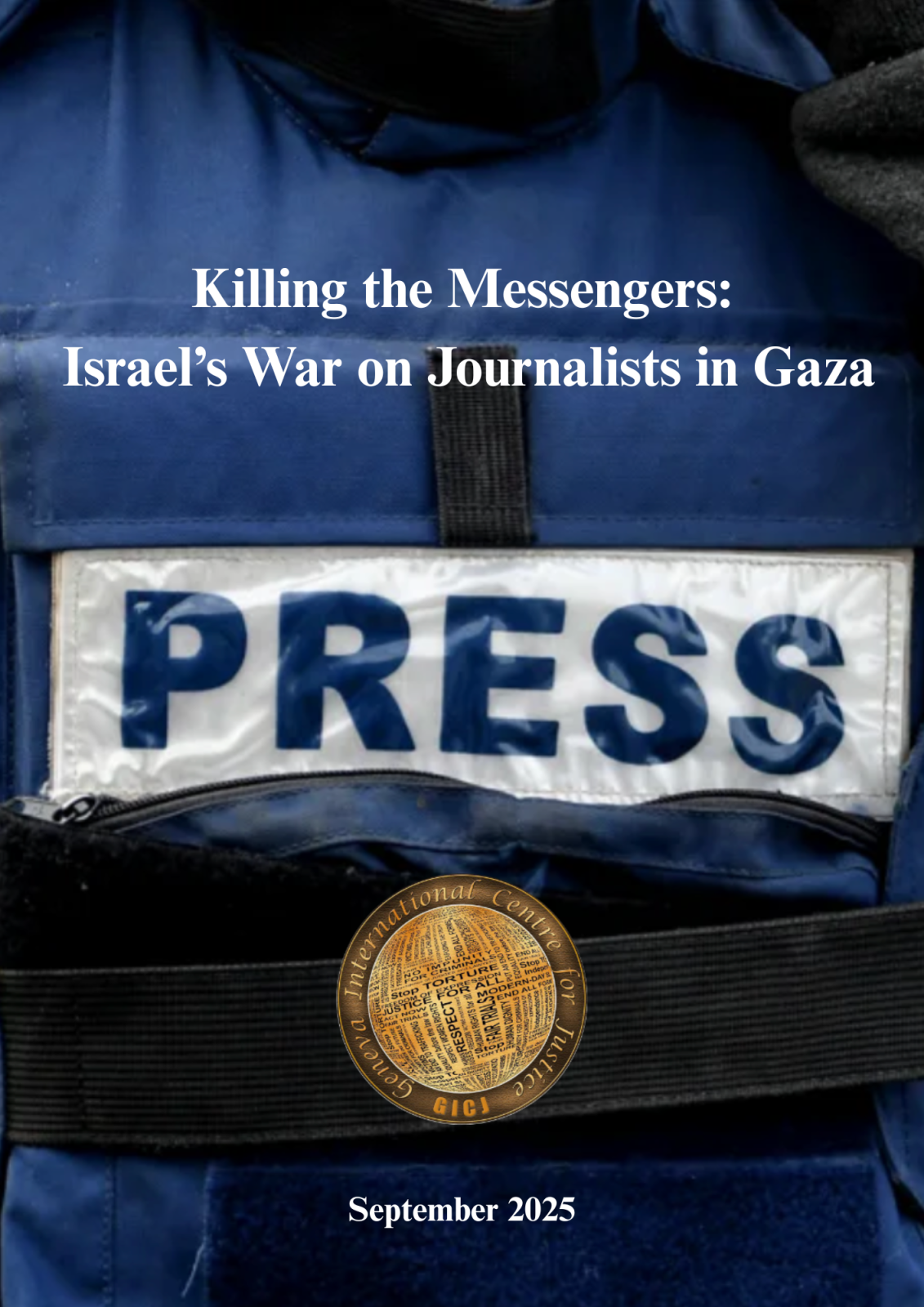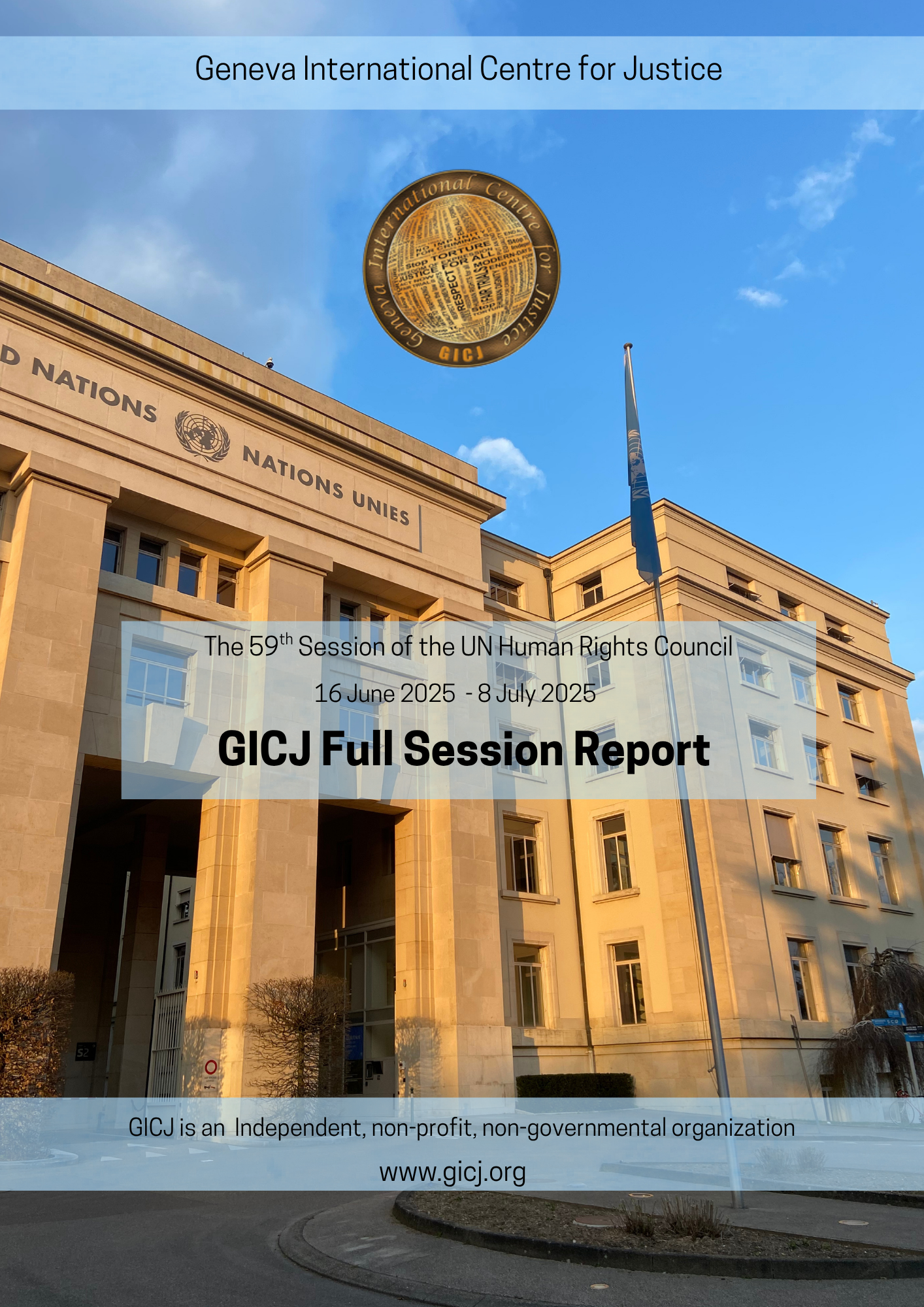By Amal Bushara / GICJ
A decade of armed conflicts across Africa’s Sahel region has forced more than 2.5 million to flee their homes. The UN Refugee Agency’s (UNHCR) spokesperson, Boris Cheshirkov, while speaking to journalists in Geneva on January 14, has informed that the number has increased tenfold since 2013, going from 217,000 to a staggering 2.1 million by last year.
Armed groups have reportedly carried out more than 800 deadly attacks in the last year. The surge of violence in 2021 alone has displaced nearly 500,000 people, with figures for December still pending.
 The number of refugees in the central Sahel region, which covers Burkina Faso, Niger, and Mali has reached 410,000, with the majority of refugees coming from Mali, where a decade of civil conflict following an uprising in 2012, has left the nation in an “endless cycle of instability” according to El- Ghassim Wane, the country’s Special Representative of the Secretary-General. Armed groups and extremists emerged in areas neglected by national authorities and have multiplied across the state. Continued violence and instability have deteriorated international humanitarian efforts in Mali to address the massive food insecurity, leading to the highest level of food insecurity recorded since 2014.
The number of refugees in the central Sahel region, which covers Burkina Faso, Niger, and Mali has reached 410,000, with the majority of refugees coming from Mali, where a decade of civil conflict following an uprising in 2012, has left the nation in an “endless cycle of instability” according to El- Ghassim Wane, the country’s Special Representative of the Secretary-General. Armed groups and extremists emerged in areas neglected by national authorities and have multiplied across the state. Continued violence and instability have deteriorated international humanitarian efforts in Mali to address the massive food insecurity, leading to the highest level of food insecurity recorded since 2014.
In neighboring Burkina Faso, armed Islamist groups have killed hundreds of civilians. According to the government, more than 1.4 million have been displaced within Burkina Faso, as reports circulate of horrific violence and human rights abuses. Six in ten of Sahel’s displaced are now from this landlocked West African country, as the civilian population is caught between attacks by non-state armed groups and at times by Government security forces and pro-government militias. With 59 percent of the total population under the age of 20 and with the lack of access to economic opportunities, Ms. Bachelet, a UN High Commissioner for Human Rights, has warned that young people may be vulnerable to radicalization, particularly in the North, where extremist violence is more prevalent.
In Niger, the number of internally displaced people in the regions of Tillabéri and Tahoua has increased a staggering 53 percent in the last year alone. The state, which borders Libya to the northeast, Chad to the east, Nigeria to the south, Benin and Burkina Faso to the southwest, Mali to the west, and Algeria to the northwest is vulnerable to conflict and security concerns from neighbouring counties. Niger is now classified, along with Chad, by the United Nations Development Programme as “spillover countries” for conflict and security issues from Mali and Nigeria.
According to the UN Human Development Index (HDI) from 2020 the countries from the Sahel are among the world’s least developed. The Index, which quantifies a country’s development across three basic dimensions, including life expectancy, education, and income, places Niger, Burkina Faso, Mali, and Chad in the bottom ten of the UN Human Development Index, with Niger ranking last. Future developments in the Sahel belt will also depend on the security and stability of North Africa and what is happening in Sudan, but also on the global effects of climate change, as the region grapples with the realities of increasing global temperatures and a lack of resources.
 Climate change remains one of the major challenges that the Sahel region faces, with temperatures rising 1.5 times faster than the global average. The UN estimated that 80 percent of the agricultural land in the Sahel belt is already affected by climate change. This will have a catastrophic effect on food production in the world’s poorest area. Already, some 33 million people in the Sahel region have been declared food-insecure, according to the UN’s Food and Agricultural Organization (FAO).
Climate change remains one of the major challenges that the Sahel region faces, with temperatures rising 1.5 times faster than the global average. The UN estimated that 80 percent of the agricultural land in the Sahel belt is already affected by climate change. This will have a catastrophic effect on food production in the world’s poorest area. Already, some 33 million people in the Sahel region have been declared food-insecure, according to the UN’s Food and Agricultural Organization (FAO).
As there is less access to agricultural land due to the environmental effects of climate change, local conflicts between farmers and nomads are erupting more frequently. However, although it is apparent that humanitarian assistance is needed to end violence and address the region’s growing food insecurity, UNHCR and humanitarian partners face growing challenges to provide assistance, as they continue to be the target of road attacks, carjacking, and ambushes.
Therefore, it is becoming evident that the deep-running challenges of the Sahel region require long-term solutions. Conflict and violence are compromising the livelihood of populations already vulnerable to the climate crisis and their resolution must remain a priority. However, providing humanitarian assistance to communities isolated by violence remains a high priority. The UNHCR estimates that $307 million will be required to shelter and provide assistance to the growing numbers of internally displaced people and refugees.
With resources severally over-stretched, Geneva International Centre for Justice (GICJ) calls on the international community to provide more support to save lives and protect people from the insecurities that arise from widespread conflict and climate change in the Sahel region. Furthermore, GICJ urges governments and relevant actors to negotiate a long-term coordinated plan to address the region’s interconnected stability, as the conflict continues to transcend on a transnational level. Finally, fast-rising temperatures in the region and the subsequent climate refugee crisis illustrate the interconnected nature of regional stability and climate change. Therefore, GICJ emphasizes the need for stronger international commitments to sustainable development to end the competition for natural resources that too often derives in conflict and the ensuing displacement of people in the Sahel region.
Justice, Human Rights, Geneva, geneva4justice, GICJ, Geneva International Centre For Justice












